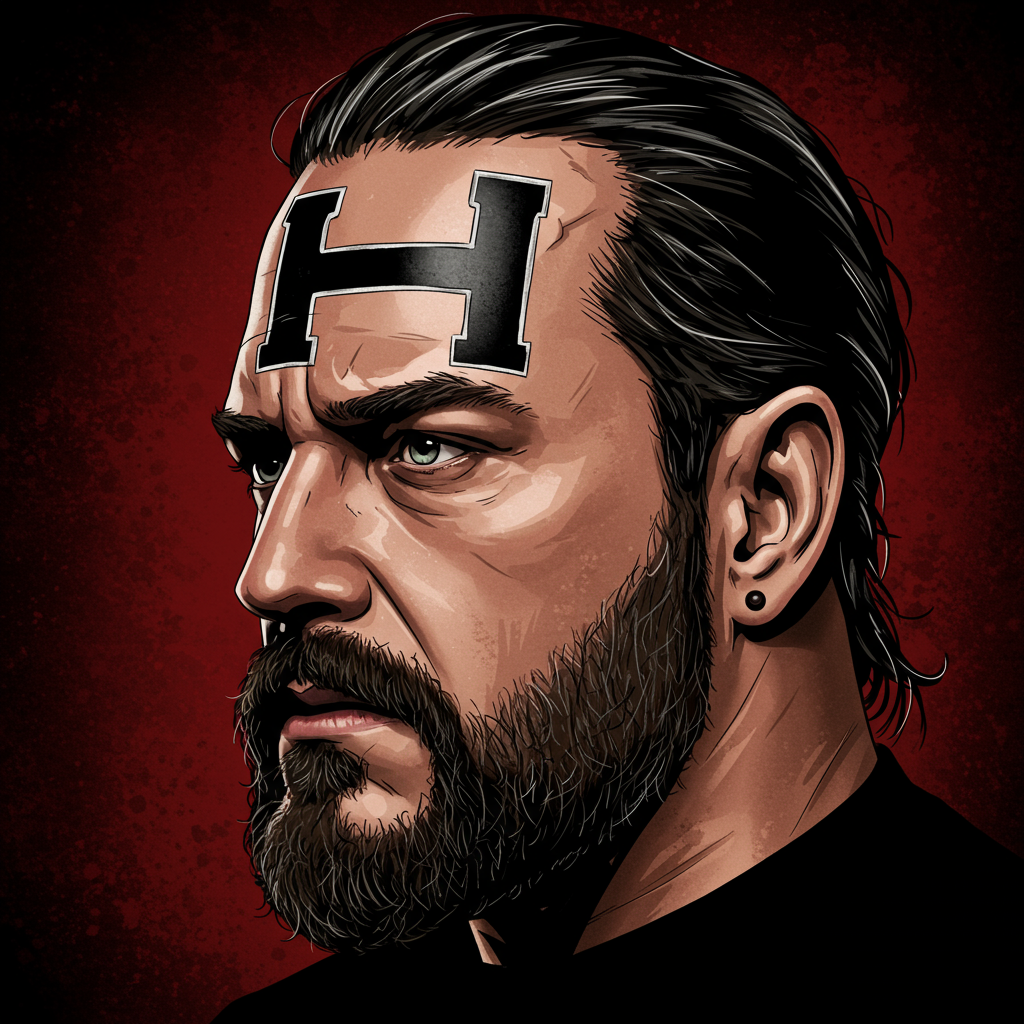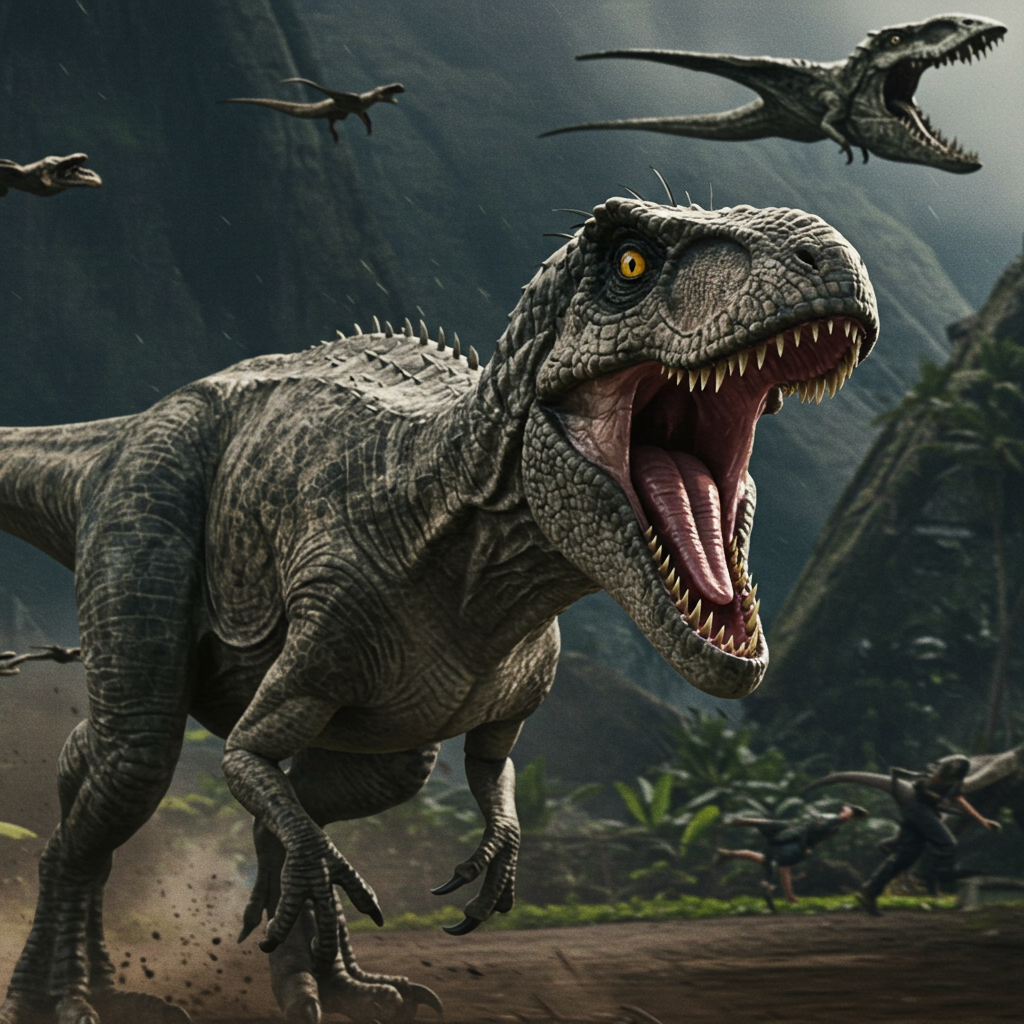The Boss is opening the vault. When the world paused in 2020, Bruce Springsteen used the unexpected downtime to dig deep into his extensive archive. The result? Tracks II: The Lost Albums, an impressive collection featuring 74 unreleased songs spanning seven complete, previously shelved records recorded between 1983 and 2018.
Speaking about the collection, Springsteen described these albums as “outliers” that didn’t quite fit into his established sound at the time. They explore a diverse range of genres he hadn’t fully embraced yet, from Western swing and Burt Bacharach-inspired Sixties pop to experimental music built around drum loops and synthesizers. Packaging them together for Tracks II became the solution for finally sharing these hidden gems with fans.
Exploring the Unreleased Vault
A significant portion of the unearthed material hails from the Nineties, often viewed as a less prolific period for Springsteen, with only The Ghost of Tom Joad released between 1992 and 2002. Springsteen explains this quiet phase wasn’t due to a lack of creativity, but rather personal choices and timing. His children were young, and he felt a temporary “burned out” feeling regarding working with the E Street Band at that specific moment. Despite the lack of releases, he confirms he was “working on music all the time.”
The box set kicks off with L.A. Garage Sessions ’83, an album recorded between Nebraska and Born in the U.S.A. Inspired by the lo-fi, experimental freedom of Nebraska, Springsteen initially considered continuing that minimal approach with a small rhythm section before the larger sound of Born in the U.S.A. took shape. Recording at home after Nebraska felt less inhibited and more experimental compared to the formal studio environment with the full band and producers, allowing him to inject a risk element into his recording process.
Reflecting on Iconic Albums
Springsteen offers candid insights into his most famous works. Despite its massive success, he reveals he was “never happy” with Born in the U.S.A. He felt it became “the record I made, not necessarily the record that I was interested in making,” explaining his original vision leaned closer to the sparse feel of Nebraska. While songs like “My Hometown” and “Born in the U.S.A.” were intended bookends, the rest of the material was simply “what I had at the time.” He notes that creativity doesn’t always follow a planned path. He firmly denies facing any label pressure from Sony to make more radio-friendly music after the success of “Hungry Heart,” stating he’s always had creative freedom.
He also addressed the public perception of his Nineties albums, Human Touch and Lucky Town. While Human Touch is often criticized by fans, Springsteen personally likes it and feels it has great songs, acknowledging the production and the absence of the E Street Band may have contributed to its reception. He stands by Lucky Town, feeling it came out exactly as intended and is a very good record, attributing its perception issues largely to unfortunate timing.
Diving into the “Lost Albums” Sound
Tracks II showcases some fascinating musical explorations. One album is built entirely around drum loops and synthesizers, a direction sparked by his work on “Streets of Philadelphia.” Springsteen clarifies that despite some fans labeling it his “hip-hop album,” it’s primarily an exploration of loops and synthesizers creating a “dark, dreamy, trance-like” sound. He held the album back partly because he couldn’t perfect the sequencing and felt the timing wasn’t right for the ongoing “conversation” with his audience, especially after releasing relationship-focused records. He notes the dark lyrical content often contrasts with what was a happy time in his personal life, emphasizing that he doesn’t always write autobiographically.
Another compelling project is Somewhere North of Nashville, recorded concurrently with the darker material for The Ghost of Tom Joad. He quickly realized the vastly different sounds – like the rockabilly feel of “Repo Man” not fitting with the atmospheric “Straight Time” – meant he was making two distinct records. He praises steel guitarist Marty Rifkin’s “badass” work on Somewhere North of Nashville. Springsteen notes that throughout the Nineties, unlike many peers incorporating grunge or alternative sounds, he deliberately avoided chasing trends, preferring to work “from the inside out” and focus on timeless themes like family, work, and spirituality, which keeps his music from being dated.
The mariachi influences on the Inyo album have a unique origin story. Befriending a Mexican charro who worked on his farm led to attending harvest parties featuring incredible mariachi bands. Inspired, he wrote songs that suited the sound. While he came close to releasing Inyo, timing issues again led him to shelve it, eventually releasing some songs from this era on Devils & Dust. Similarly, Faithless, written rapidly for a Western film that never materialized, was included at the urging of his wife, Patti Scialfa. Perfect World stands apart as the only collection in the set not originally conceived as a complete album, compiled later to ensure some rock material was included in Tracks II.
Collaborations and Band Evolution
Springsteen rarely collaborates, making his work with Joe Grushecky noteworthy. He cites their shared working-class roots and Grushecky’s persistence in sending him lyrics as the reasons for their partnership, which included Springsteen producing Grushecky’s album and co-writing songs.
Discussing the E Street Band reunion around 2000, initial attempts to record new music weren’t successful. Springsteen recognized the need for fresh production ideas, leading to fruitful collaborations with Brendan O’Brien and later Ron Aniello, who were instrumental in shaping the band’s “modern recorded sound” on albums like The Rising and Magic.
Career Reflections and Future Outlook
Springsteen has no regrets about holding back these albums, feeling their release now in the context of Tracks II is the “correct context.” He reflects on the natural fluctuations of a long career, accepting that there will be times when it’s “your time and it’s going to be not your time sometimes.” He remains confident in his fundamental ability as a performer, using the vivid analogy of being “drop[ped] out of an airplane anywhere” and finding a roadhouse to “light up somebody’s night.” The massive success of Born in the U.S.A. was a moment he wasn’t interested in replicating, prioritizing “going deeper” rather than “going bigger” throughout his career.
Looking ahead, Springsteen confirmed he has finished a second volume of his covers album, Only the Strong Survive Vol. 2. He also revealed that Tracks III is finished and ready for release within the next three years, noting it will feature material from various points in his career, eventually leaving his vault “virtually empty.” Perhaps most excitingly for fans, he has a new solo album finished and anticipates releasing it sometime in 2026.
He discussed the current E Street Band tour, noting the final European leg concludes this long run. While they won’t do such extensive continuous tours in the future, he plans to play more often with shorter runs. He feels passionately about getting to Australia next year. Having not toured solo outside of his Broadway show in 19 years, he stated he will “definitely” do a solo tour again at some point, drawing on his extensive catalog and forthcoming releases. When asked about the myth of a full-band “Electric Nebraska” album, he initially denied its existence, but later clarified via text message that some electric material is in the vault, though not a complete album’s worth. He hasn’t ruled out playing the Nebraska album in full live someday, calling it a possibility that would be “fun.” He emphatically stated there will be No Farewell Tour.
Political Views and the Finite Nature of Time
Briefly addressing his political stance, Springsteen’s recent critical remarks about the current administration are part of his long-standing and vocal criticism of the former president, a stance he has maintained consistently for years, sometimes drawing intense public reaction. While he feels inspired to sing about the current political landscape, he hasn’t felt moved to write new songs on the topic yet. Despite viewing the present as an “American tragedy,” he maintains hope, believing in the country’s democratic history and its eventual resilience.
Reflecting on aging, Springsteen embraces the idea that “Time Is Finite, and Your Performing Time Is Finite.” This awareness focuses his energy, and he feels the E Street Band is currently performing at the top of their game, their 50 years of shared experience bringing “depths and resonance.” He singled out Max Weinberg as a “human marvel” for his incredible endurance on drums during three-hour shows and acknowledged the crucial, distinctive sound Max and Roy Bittan brought to the band from their earliest days. Inspired by artists like Pete Seeger, Willie Nelson, The Rolling Stones, Paul McCartney, and Bob Dylan, who continue performing in their later years, Springsteen sees “many miles to go.”
The making of the upcoming biopic, Deliver Me From Nowhere, which centers on the creation of Nebraska, was an “unusual” experience. Watching actors like Jeremy Allen White portray him and Jeremy Strong portray Jon Landau, particularly in scenes depicting some of the “most painful days” of his life, was emotionally intense. He praised the entire cast and director Scott Cooper for their work.
With a wealth of unreleased music now seeing the light of day and new projects on the horizon, Bruce Springsteen continues to navigate his career with artistic integrity, deep reflection, and an eye firmly fixed on the road ahead.



